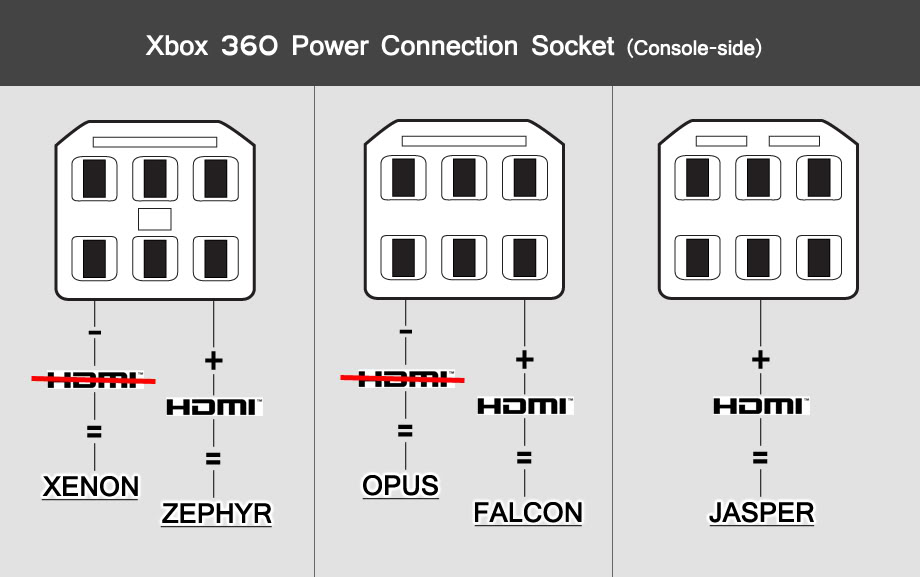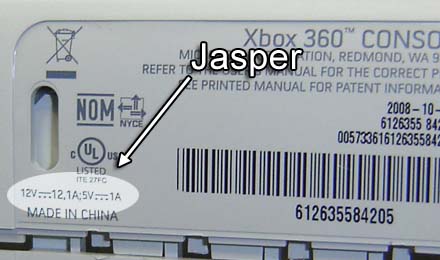Last updated on September 3, 2015
The fear of the Lord is the beginning of knowledge;
Fools despise wisdom and instruction.Proverbs 1:7
I’ve gone through this ordeal before, so I am suitably prepared to encounter it again. But man, if there’s one thing that’s always true about importing video games and consoles, there’s always unexpected expenses associated with it. I’ll just use my Japanese PS2 as an example. I believe I purchased it nearly 7-8 years ago; at that time, PS2 consoles cost somewhere in the $150 USD range (at least for the old, bulky model). The cost associated with the Japanese PS2 came to somewhere around $179.99 USD, which seems like a fair mark-up until you consider that they need to ship this box from Asian regions. Play-Asia, the site to which most importers frequent, is located in Hong Kong somewhere, so the shipping costs hit me for somewhere in the $30-40 range. Thankfully, due to a lack of actually customs costs, that’s a relatively cheap example, but things look a bit worse this time around.
As you know, the Xbox 360 all but died upon the release of the Xbox One, although it seems the money is still too good for Microsoft to resist with its core install base. However, in Japan, the system was and continues to be on life support; nobody is buying a new Xbox 360 in Japan, that much is for sure. As such, import shops know that the only people purchasing those systems derive from non-Asian countries, and mark up their prices accordingly. A new Japanese Xbox 360 will set you back $299.99 from just about any shop that sells it; most carriers also don’t want to deal with the risk of having it break in shipping, so prepare to pay $50+ for express shipping to your country of origin – more outside the United States, I suspect! Imagine that, $350 dollars for a dead system; I would NOT consider that a good deal.
As such, I’ve thrown my lot into the second-hand Japanese Xbox 360 market, which presents some rather slim pickings. Certainly there’s tons of them in Japan, but shipping them out ends up with the same shipping debacle as previous. No, we need something in the United States already, preferably as late a model as possible. Remember that the Xbox 360 came with lots of fun technical hurdles – namely, the Red Ring of Death, among other console manufacturing problems. I had my own RROD sometime in the fall of 2009, and my North American Xbox 360 runs fine since its repair via Microsoft (I’m pretty sure it’s an original model, the notorious one, so even taking good care of the Xbox did not prevent a problem!). As such, I need to search for a reliable model, one that won’t break on me; if it does, then I’m down a hundred or more dollars, at the very least, with a bunch of games I can’t play.
Scared yet? Nah! If you do the research for these sorts of weird purchasing projects, you’re usually fine. Finding that balance between price and function presents difficulties, of course, but you can certainly save a lot of trouble just via research. Just for example, you can actually get a reliable old-model Xbox 360 using a few simple tricks. See, in the early days of the Xbox 360, it actually has a different looking power connection, seen here:
To put it simply, the first model chipset (called the Xenon, with a later revision of the Zephyr) often ended up with the RROD due to power consumption. The second model, Falcon, alleviated this somewhat with a lower voltage, among other factors. Still, that didn’t fix the problems of the Xbox 360 in its entirety, as plenty of the consoles continued to fail. However, circa late 2008, Microsoft finally solved the problem with the release of the Jasper chipset, which exists as the most reliable old Xbox model. Trouble is, how do you figure out the difference? One way comes via power cord inputs, which you can see above (apparently, I have a refurbished Xenon or Zephyr, though my bet is on the latter since I received my Xbox in late 2006). The more reliable way derives via the voltage output:
And there you go, the lowest voltage out of the lot remains the most reliable one. Of course, one could just as easily go for a later model Xbox and avoid those problems altogether, an admirable goal. The Slim and E models contain their own problems, even if they don’t reach the heights of extraordinary failure rates like their older model cousins. I’ve heard plenty of stories of failed disc drives, among other follies; that said, they probably will last longer if I had to take a guess. At the same time, such models will set you back quite a bit in terms of money, considering that importers and eBay sellers alike know people will jump for the latest model first. If you’re searching for used models, you also need to consider whether or not it comes with accessories (the S and E models use completely different power supplies, and also hard drives, than the older one), which all creep up the cost.
Honestly, I don’t exactly know what route I will take at this juncture. I don’t want to spend an exorbitant amount, but I also don’t want an Xbox 360 that dies immediately upon use. It’s a tough situation, to be sure, and the actual solution has not yet presented itself in all my scouring of the Internet. More than likely, it will come down to a monetary cost that seems reasonable to me, and that’s truly based on first-hand experience, budget, and subjectivity more than anything else. Even so, I’m glad I accrued all this useless knowledge – it’s always a better idea to plan and figure things out, rather than to act like a fool. That goes especially for the possibility of faulty electronics, which I’m sure most early adopters know full well!


